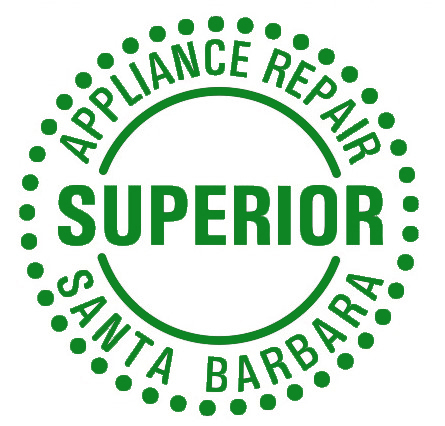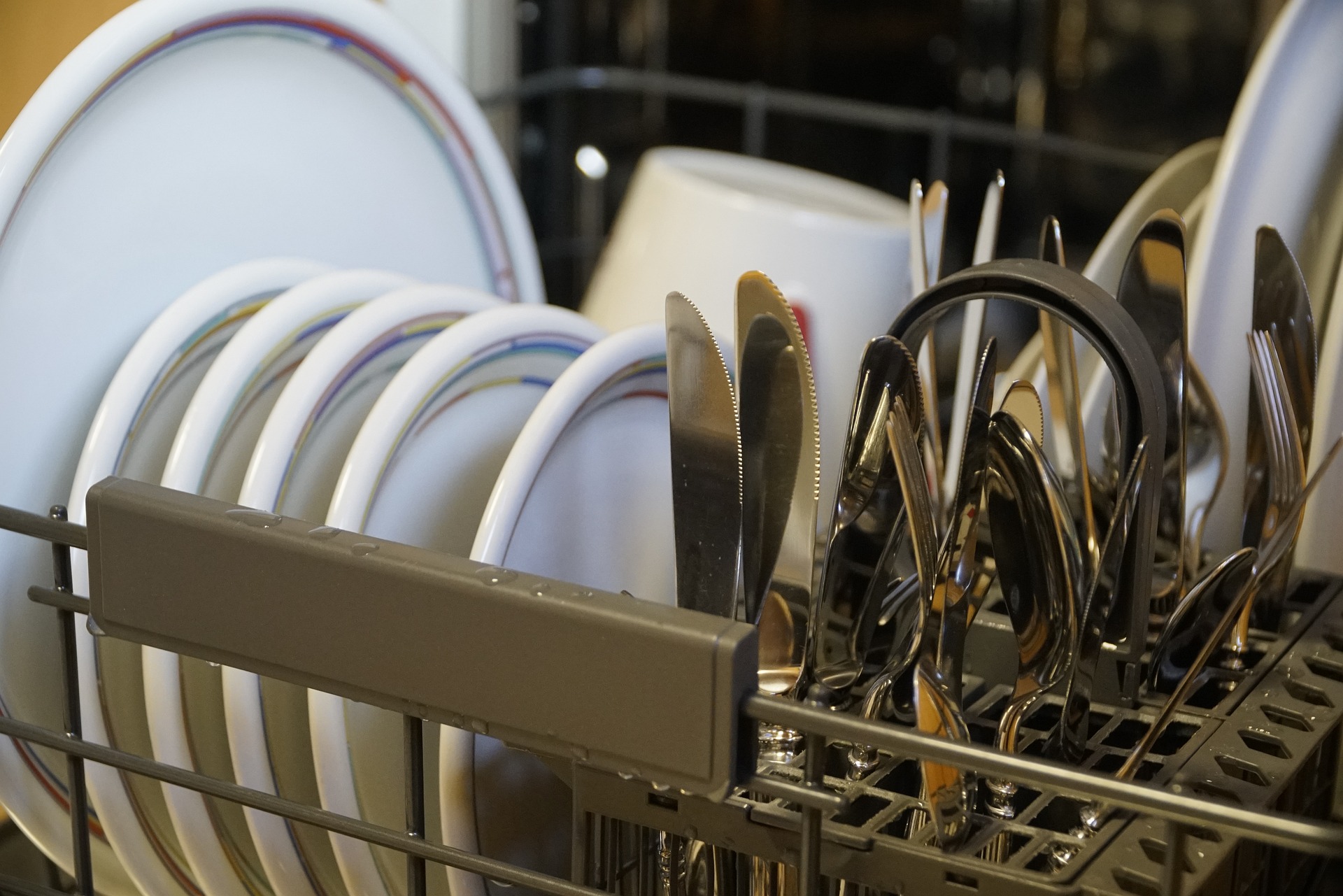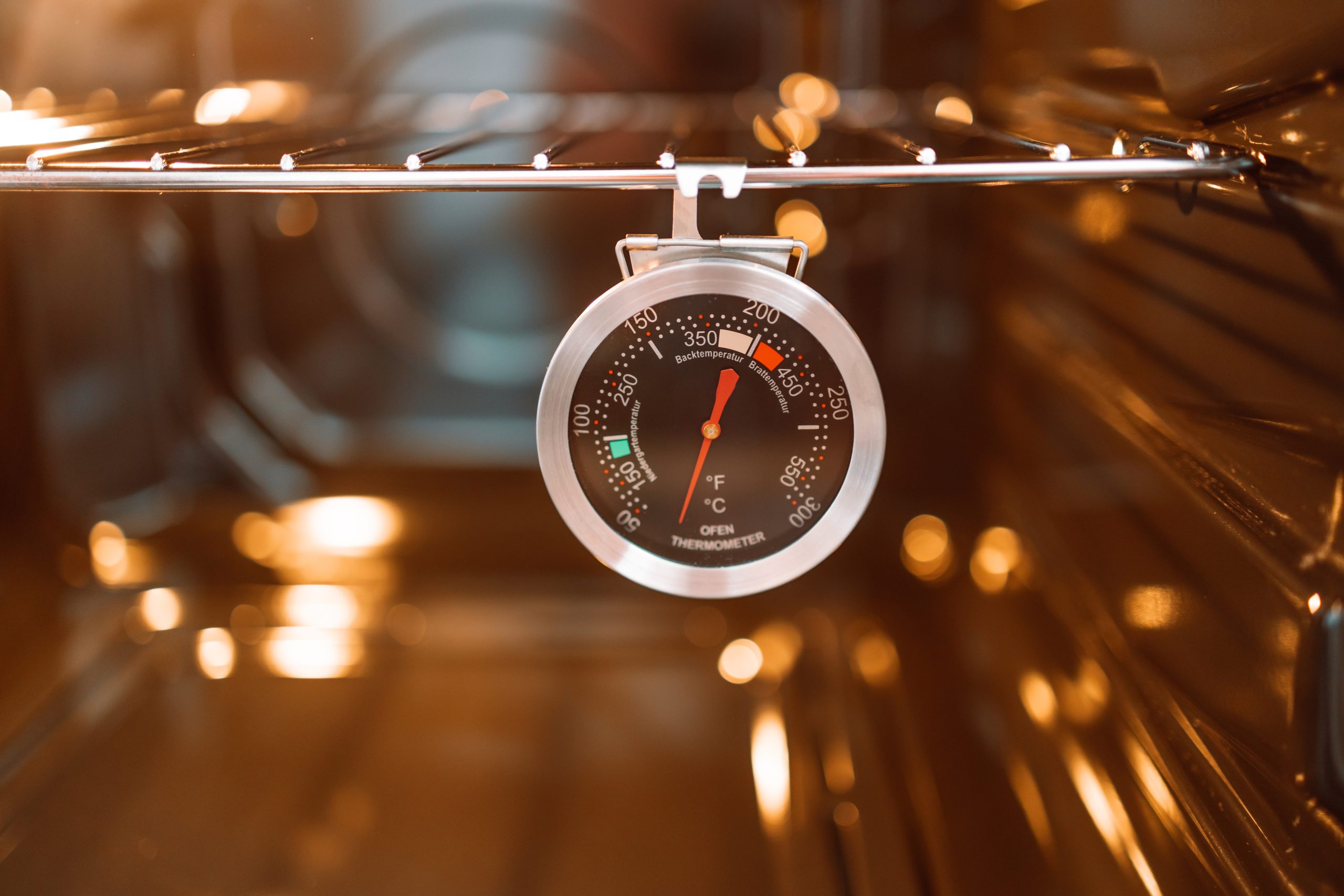A leaky dishwasher doesn’t just make a mess, it can damage your flooring and any areas the leak comes in contact with. It can even cause costly electrical issues. A leak doesn’t always mean you that a new appliance is required. Below are the top 9 reasons your dishwasher is leaking, and the steps to take to resolve your leak.
SAFETY: Before you begin poking around the electrical components and troubleshooting your dishwasher, make sure it’s either shut off or unplugged from the electrical outlet. Also, verify that the water supply valve is closed. Check your owner’s manual to learn how to close the water supply valve.
#1 Damaged Door Gasket
If water is dripping from the door or directly pooling under the machine, chances are you are dealing with a faulty door gasket. Over time, gaskets can crack or dry out, allowing water to escape.
Open the door to visually inspect for damage or to see if the gasket has come un… Also, feel along with your hand to check for holes, cracks, or debris. Gaskets are easy to replace. Your owner’s manual will tell you what part to purchase. Simply remove the existing gasket, clean the track, and pop the new one in.
If it’s faster or easier, call a technician and they can replace the gasket the same day.
#2 You Used Dish Soap
We’ve all been there, ready to turn on a full load of dishes, only to find we are out of dishwasher detergent. So, you put dish soap in instead. Even if nothing else is wrong, the dish soap is why your dishwasher is leaking.
Dishwashing detergent is a low-foam detergent, and dish soap is a high-foam detergent. Even if you only use a small amount of dish soap in your dishwasher, it will create a sudsy mess in your kitchen. Also, be sure to rinse all the soap away when you pre-clean dishes before placing them in the dishwasher.
If you or a loved one accidentally uses dish soap once, turn your dishwasher off ASAP and remove as many of the suds as possible. Then run on empty, staying close by to clean up the suds as the escape. Once complete, slide your dishwasher out to clean the flooring underneath. Your dishwasher shouldn’t be damaged.
#3 Malfunctioning Float Switch
The float switch is an internal sensor of sorts that regulates the water levels during both the wash and rinse cycle. The “float” rises when the water is running and automatically switches off when the water reaches the designated height. If the float switch assembly is broken, water will keep running during the wash and rinse cycle. The built-up pressure can cause a leak.
While you can access the float switch yourself, testing to see if it’s working is best left to a professional. Also, this is only one of the possible reasons your dishwasher is leaking.
#4 Clogged of Blocked Spray Arm
The spray arm is positioned under the bottom rack of your dishwasher. The spray arm’s job is to spin during the wash and rinse cycle, evenly distributing water throughout. One of the many reasons to scrape away excess food particles is because they can clog the spray arm. Or if you overload the bottom rack or if silverware or dishes fall through it can block the spray arm. If the spray arm is blocked or clogged it can cause a leak. If not a leak, it may be why your dishes aren’t as clean as they should be.
You may be able to visibly see a clog and dislodge the food particle. If the spray arm is damaged, it’s a fast and easy fix for your technician.
#5 Damaged Tub
The tub is the outer walls of your dishwasher. If the but is cracked or punctured, a leak isn’t your only concern. In addition to water on your floor, the water can spread behind the walls of the tub, leading to mold, mildew, and damage.
Two of the most common reasons for a cracked tub are overfilling your dishwasher and placing abrasive items inside. For example, long and sharp knives should not be placed in the dishwasher. Not only can they puncture the tub, but handwashing will extend the life of your knives. You must also be mindful not to cram pots, pans, and their lids in too tightly as they can puncture the tub.
Grab a flashlight and visually inspect your tub. If it is cracked or punctured your technician will advise on your next steps.
#6 Unlevel Ground
Even if your dishwasher was level when it was installed, flooring can shift. This can cause it to tilt slightly forward, backward, or to the front or back. Even a quarter-inch tilt can cause water to pool. Eventually, this pooling water will leak out. This is an easy fit, as most appliances are designed with adjustable feet.
You can place a level inside the bottom of your dishwasher tub to determine if it’s level. View the level reading from the center, front, back, and sides. Adjust the legs yourself or call a technician.
#7 Loose or Damaged Connectors
A loose hose or valve could be why your dishwasher is leaking. Over time, valves can malfunction, and clamps and connectors can wriggle loose. Especially if your flooring is uneven. Hoses can also dry out and crack. The best approach is a proactive approach, so be sure to have your appliances serviced annually.
Call a technician and they will tighten, repair, or replace your faulty connections.
#8 Clogged Filter
If you haven’t yet, check to see if the dishwasher filter is clogged. You should visually inspect your filter weekly to ensure it’s not full. Most filters only need to be cleaned once per month. If you don’t do a great job of scraping food particles off of your dishes, they may need to be cleaned more frequently.
Your filter is located under your bottom rack and is fast and easy to remove. Check your owner’s manual to learn how to remove and clean your filter.
Still Not Sure Why Your Dishwasher is Leaking?
If you can’t identify or fix the source of your leak, it’s time to call a technician. If you live in the Santa Barbara area, Superior Appliance Repairs has you covered. Our service vehicles and local shop are stocked with the most common parts required to repair your dishwasher without delay. Call, text or email us today for scheduled, same-day, or after-hours appliance repairs!









